Why understanding tone is so important for higher ed marketers
Our three areas of focus at D. White & Co. are simple: Message, voice and tone. Message is what you say, voice is what you use to say it and tone is how you say it. Think of a brand like Willie Nelson: There is the song (message), the voice (the unmistakable voice) and tone (ballad or floor-stomper).
Think of your brand tone as the difference between how you speak to your spouse at a nice dinner versus how you might cheer on your favorite team at a game. You’re still the same ol’ you and you have the same voice, but you’ve (hopefully) distinguished the appropriateness of both situations and pitched your tone accordingly.
The same is true for your brand’s tone. You wouldn’t write an acceptance letter the way you would write a denial letter, right? I mean … I hope not.
The key to good brand tone is empathy. You have to put yourself in your reader’s shoes, but, even more so, you have to feel what they might feel. Take time to review your audience before writing brand material (so, everything) to consider:
Who will read it
What else might be on their minds
What they might feel when they read it
How they might feel after reading it
Who else might read it
Tone seems to be where so many higher ed brands break down, either because they’ve spent too much or too little money developing their brand without much thought to what it will actually be like to use/defend/develop on a day-to-day basis. The result is a superficial (or bland) brand that isn’t very relatable to real people living and working in real life. This limits brand buy-in and tends to severely cut the amount of good a new brand can actually do at an organization.
We often bypass tone changes in favor of dramatic brand overhauls or pointless sub-brands and brand extensions. Developing your brand’s tone for specific audiences and situations moves the needle on enrollments and can even help de-silo offices.
One of the best way to develop your brand tone is with a matrix that segments specific audiences and messages. You could do a similar exercise with tasks, scenarios, or anything else that would help you better define your brand message, voice and tone.
It’s a wonderful thing when message, voice and tone come together to deliver the right message to the right person at the right time. That’s the moment when we actually deliver on our promise to serve our communities.
A word to the wise: Being a bold, funny, conversational brand is a good thing, but it also comes with certain inherent risks. The biggest risk being you might not be as funny as you think you are. Actually, let’s be honest, you’re probably not.
Don’t do your brand tone work in a vacuum. Schedule time with students, community members and other groups that your brand interacts with. Get a sense of the humanity that actually powers your brand. If you do that, you’re much more likely to develop the correct tone for your communications.




